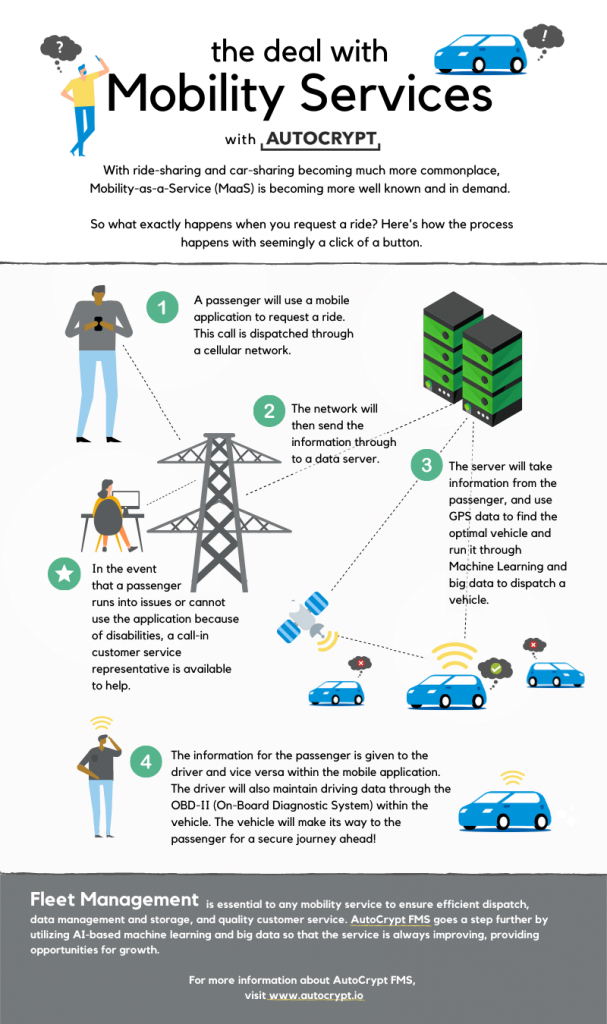It is no secret that the era of the autonomous vehicle is already here. With Tesla premiering the beta mode of their Full-Self Driving mode, and other manufacturers following suit with developments in autonomous technology, the number of connected and autonomous vehicles on the road will only continue to increase. However, that means that it is only a matter of time before the autonomous capabilities move on from the road to other methods of transportation. In fact, autonomous ships may not be very far behind from self-driving vehicles.
The International Maritime Organization (IMO) establishes the international standards when it comes to maritime traffic. The IMO defines ships that operate without human interaction as MASS, or Maritime Autonomous Surface Ships. They are also referred to as Unmanned Surface Vehicles (USVs), meaning that they are vehicles that travel on water, or smart ships, in the sense that they have capabilities to be able to travel on their own.
Although MASS or USV may be unfamiliar acronyms, autonomous ships and autonomous vehicles have more in common than you would think. Here are some commonalities between USVs and AVs.
Level / Degree Up
Just like a car has an autonomous driving level, decided by the SAE (see our blog post on different levels here), autonomous ships are also classified by levels of autonomy. However, the IMO officially defines the four levels (called “degrees”) from Degree one, where the system aids the seafarer’s decisions and navigation, all the way to Degree four where fully autonomous navigation occurs without seafarer or remote control.
Industry Consortiums
As a new(er) technology, autonomous vehicles have several organizations and projects that prioritize regulations and international standard compliance for testing, safety and continued development of the technology. It should therefore not come as a surprise that autonomous ships also have consortiums and researchers dedicated to continuing to define and develop the technologies. In 2016, a largely industry-led group called the Maritime Unmanned Navigation through Intelligence in Networks (MUNIN) published a detailed report which summarized three years of key findings regarding MASS.
Security First
As autonomous driving technology continues to advance and the deadline for WP.29 regulations approaches, a trending topic in the industry is security. For a car to drive autonomously on the road, it must connect in real-time to other vehicles, traffic lights, roadside units, and devices. If there is a vulnerability or a breach in this connectivity, true autonomous driving is not possible as it endangers the driver, passenger, and everyone around the vehicle. There is no reason why the same issue would not arise out at sea.
While there may not be a vessel right behind or next to a ship, sea vessels have other complex issues to figure out like weather conditions, route of nearby vessels, fuel capabilities, and load capacities to maintain. If there is a breach, there is the risk of danger to passengers, crew, as well as the sensitive products that may be in the middle of being transported. Hackers do not discriminate and will take a chance to infiltrate anything that seems of financial value or notoriety.
Why Autonomous Ships?
As the world becomes more interconnected, transport of goods will only increase. To optimize transport and minimize risk, it makes sense to develop autonomous ships – USVs can significantly reduce ship management costs as manpower and fuel account for over 80% of operational costs. Having unmanned autonomous vehicles will not only reduce costs but free up space. Minimizing amenities like food, water, and allowing additional cargo or fuel to be loaded will be groundbreaking.
Companies around the world have been taking notice. In 2018, Rolls-Royce and Finferries, a Finnish shipping company (state-owned), demonstrated the world’s first fully autonomous ferry in Turku, Finland. In South Korea, SK Telecom and Samsung developed an autonomous test ship. The 3.3-meter-long ship was equipped with 5G-based LiDAR, cloud-based IoT platform, as well as a real-time video monitoring solution. Korea’s government is also on board as the peninsula’s location is prime for maritime trade. The Ministry of Trade, Industry, and Energy as well as the Ministry of Maritime Affairs and Fisheries formed a working project for autonomous ships and is expected to invest over 160 billion won up to 2025.
However, as we have already seen with the rise of autonomous vehicles, another commonality is that new, trending technologies tend to become new and lucrative targets for hackers. Much like the WP.29 regulations by the UNECE, it may not be long before we begin to see similar regulations for other methods of transportation, and ship manufacturers and seafarers may need to begin preparation sooner rather than later. While technology continues to develop, roadmaps for regulatory reform and systems and standards for autonomous sailing personnel and cybersecurity.
It is essential to prioritize security from the beginning – that is one commonality of which we can be absolutely certain.


